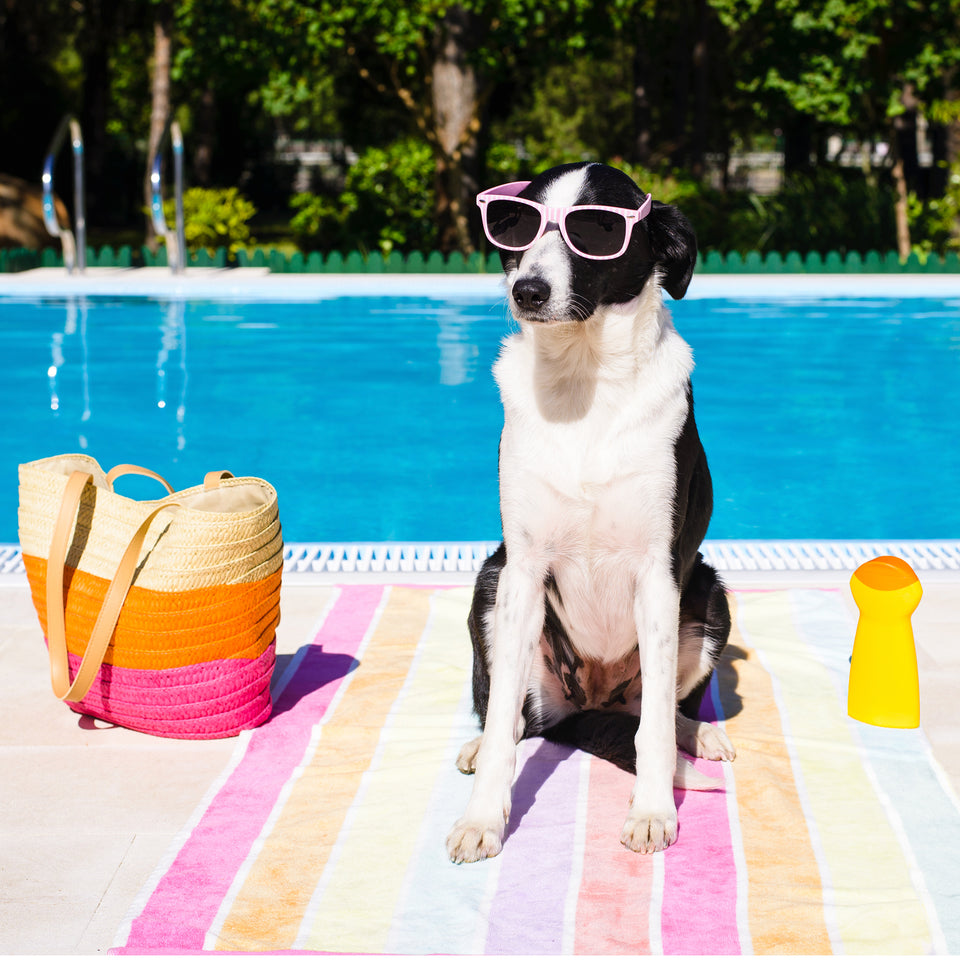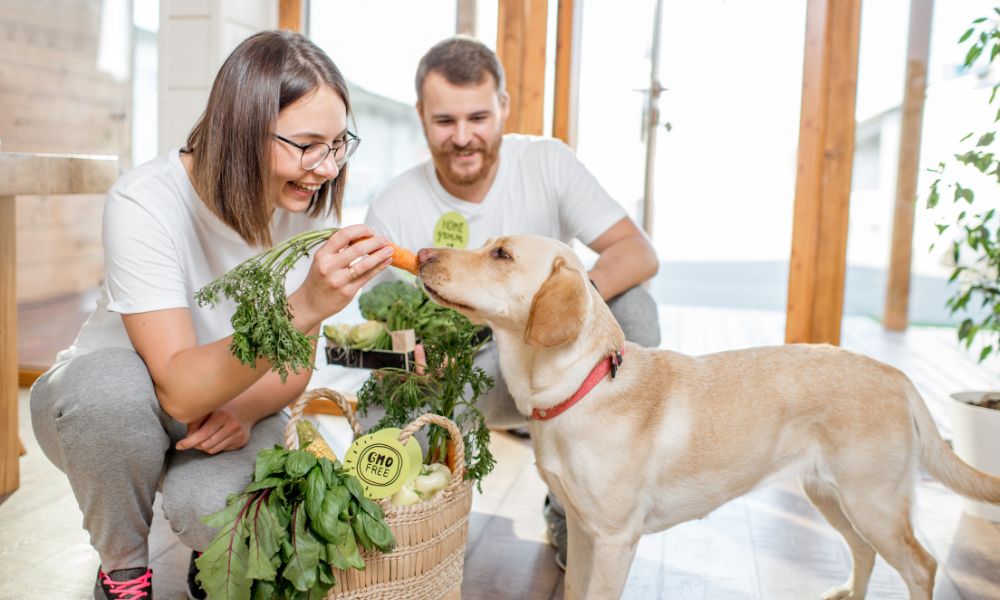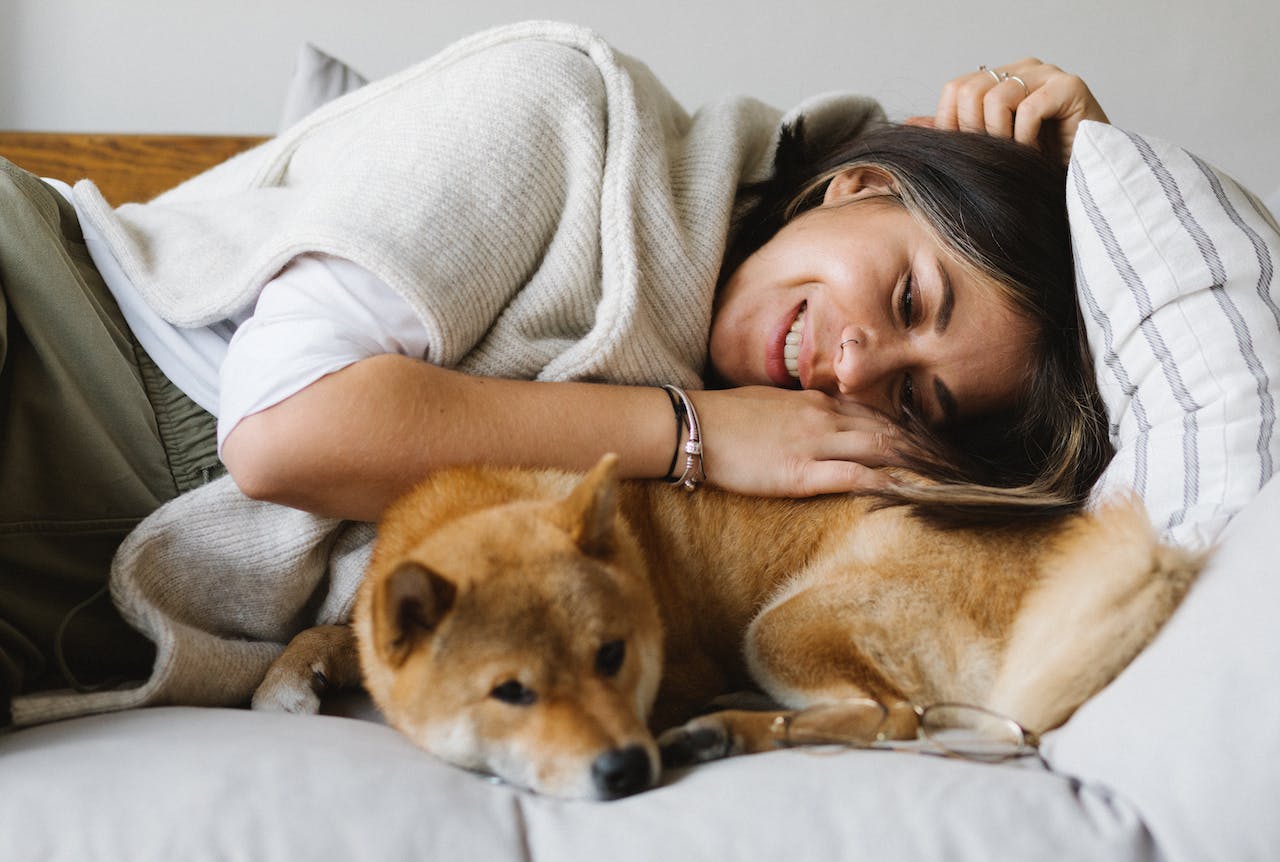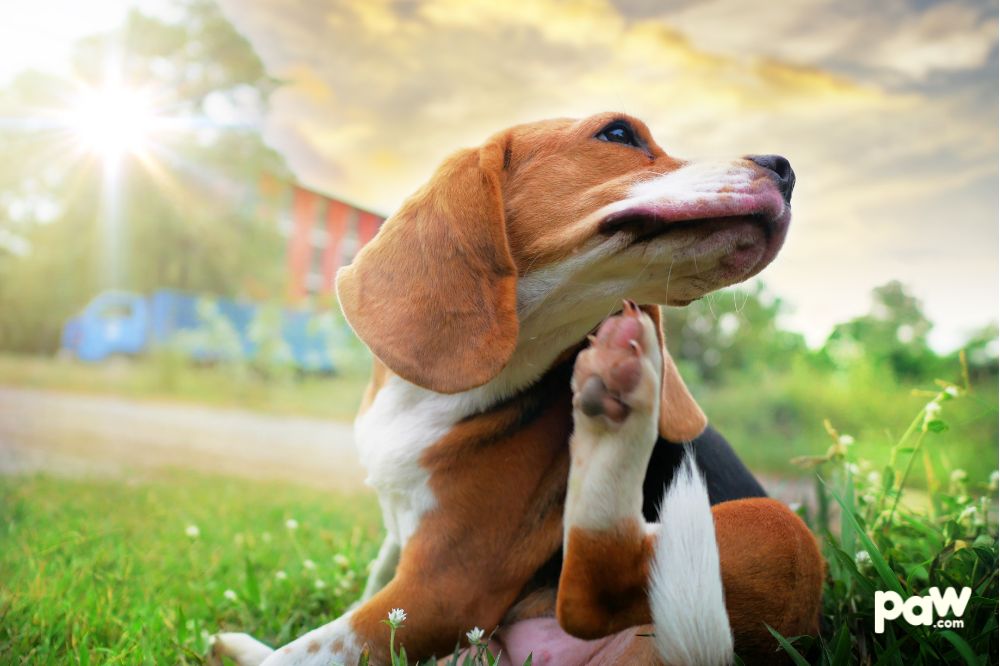
Summer Paw Safety Guide: Six Ways to Protect Your Dog’s Paws from Hot Pavement

There’s probably nobody who loves summer more than your doggo. The sun’s out, the kids are home from school, and there are so many smells to smell and places to pee. But one part of summer your pooch doesn’t enjoy is walking on hot pavement. That’s because nobody enjoys foot burns. Keep reading for tips on how to protect your dog’s paws as the mercury climbs this summer.
Why Protecting Your Dog’s Paws Is Important
Imagine walking barefoot and on tiptoe everywhere you go. Now imagine doing it on hot pavement, and you’ll have an idea of what it’s like for your dog. Although dogs’ paws are thicker and tougher than human skin, hot surfaces are not only painful for them to walk on, but they can actually burn your pup’s toe beans, leaving them cracked, blistered and prone to infection.
How Hot Is Too Hot for Your Dog’s Paws?
86 degrees Fahrenheit might not seem that hot when you step outside. But according to the Journal of the American Medical Association, at that air temperature the asphalt actually heats up to 135 degrees. That’s not quite hot enough to fry an egg on the sidewalk, but it’s close, and it’s certainly hot enough to burn your fur pal’s paw pads.
And it’s not just asphalt. During the summer months, concrete, sand, artificial turf, leather car seats and even bare dirt can all heat up to temps that can harm those precious paws.
If you’re not sure whether a surface is too hot for Fido to handle, just place your hand or your bare foot on it for ten seconds. If you wouldn’t want to walk on it barefoot, you shouldn’t make your pooch walk on it, either.
Look for Signs of Paw Damage
It’s a good idea to inspect your pup’s paws for damage after an outing, and also to keep an eye on them for behavioral cues that indicate pain. Watch out for these signs of burned paws:
- Red dog paws
- Cracked or blistered paws
- Licking, biting or chewing the paw pads
- Limping or holding the paw off the ground
- Reluctance to walk
- Whining or whimpering when walking
If you discover burns on your dog’s paws, immerse them in cool water or wrap them in a clean wash cloth moistened with cold water to provide relief, and then call your vet. All dog burns should be taken seriously, and paw burns are especially vulnerable to infection. Depending on the severity of the burn, your vet may be able to advise you on how to treat the burns at home. But bad burns will likely need the care of a vet to properly treat and bandage in order to prevent infection.
How To Protect Dog Paws From Hot Pavement
It’s probably not realistic to keep your dog inside all summer. Even if you can provide your pooch with plenty of exercise and enrichment without ever leaving the house, outdoor adventures with your furry bestie are half the fun of summer. And you shouldn’t skip vet checkups or groomer’s appointments just because it’s hot outside. For those times when you and your dog have just got to get outside, consider these six methods of protecting their paws from burns.
Toughen Up Their Paw Pads
Even cool pavement can cause irritated dog paws if your pup’s not used to it. Starting when the weather’s still mild, take your dog for short walks on pavement to help acclimate their paws to rough surfaces. This will help toughen your dog’s paws and build up heat tolerance that will provide some protection once it’s hot out.
Limit Walks to Morning and Evening
Temps tend to be cooler when the sun is low in the sky. If you’ve got to walk your dog, schedule walks early in the morning or late in the evening when it’s cooler out and there’s plenty of shade to keep the ground cool.
Go Off-Road
As much as you can without angering your neighbors, stay off the pavement and sidewalks and stick to the grass while walking around your neighborhood. Better yet, head to the nearest dog-friendly nature trail and take Fido for a hike in the shade.
Carry Your Pup
Puppies and toy breeds have especially tender paws, and they’re vulnerable to other dangers, as well. If you’ve got a little tyke, you can always pick them up and carry them over hot pavement. Better yet, use a dog sling or a purse-style dog carrier for small breeds to keep them safe while keeping your hands free.
Put Shoes on Them
Dog booties will protect your pup’s paws from hot surfaces. The trick is getting them to wear them. Follow these steps to train your pooch to accept wearing dog shoes:
- Get the right size dog booties -- neither too tight, nor too loose.
- Introduce them slowly -- let your doggo sniff them and get used to their existence while you give them treats to build positive associations.
- Put on one boot while you treat and praise liberally. Repeat until all the boots are on.
- Get out their favorite toys and engage them in play while wearing the booties.
- Let them get used to wearing their boots around the house.
- Leash your pup up and take them outside for a walk in their stylin’ new boots.
Use Dog Feet Protectors
Some dogs won’t accept booties no matter how much time you spend training them. If you’ve got a stubborn pup who refuses to be shod, try one of these paw protection products instead:
- Paw balms can help keep dog’s paw pads moisturized and less susceptible to burns.
- Paw wax provides a protective coating that can help paws withstand both hot and cold surfaces.
- Peel and stick paw pads for dogs provide traction while adding a protective layer between your pup’s tender toes and hot surfaces.
Helping Dogs Who Don’t Like Their Paws Touched
Your dog’s paws aren’t just sensitive to hot surfaces. The top side of the paw is one of the most sensitive areas of your dog’s whole body. Because of this, many dogs don’t like to have their paws touched or handled. This makes it a challenge to properly care for their paws and use protection on them.
Ideally, you would start conditioning your dog to having their paws handled while they’re a young puppy. But even an older dog can be trained to accept paw handling. If your dog is resistant to having their paws touched, spend time working on this behavior, starting with a light touch on one paw as you reward them with a treat, and gradually building up to holding and handling each paw for longer periods of time. Teaching your dog to shake hands is also a fun way to get them used to having their paws held.

Maintaining Healthy Paw Pads
A lot of pup parents never pay much attention to their fur kids’ paws beyond keeping their nails trimmed. And while nail trimming is important, their toe pads need regular TLC, too. Here are some tips to make dog paw pad maintenance part of your pupper’s regular grooming routine.
- Check paw pads regularly. You can do this after nail trimmings, during baths or following their daily walk. Inspect the condition of their paw pads and check between their toes for ticks, burrs and any other objects that might get trapped in there.
- Trim extra fur between their toes. This will be more comfortable for your pup, and it will make it easier for you to see things that get trapped in their feet.
- Wipe paws after walks or going outside. Use a damp washcloth, or better yet, pet wipes to remove dirt and grime and help soothe irritated dog paws.
- Apply a paw balm for dogs. An all-natural healing dog paw balm will help keep paws moisturized and provide relief for cracked, rough, and itchy dog paws.
Protect Dog Paws in the Summer
Dogs need help staying cool during the summer months, and their paws are no exception. Staying aware of surface temperatures and taking steps to protect your dog’s paws from hot pavement and other surfaces will help them enjoy their summer instead of being stuck inside recovering from burns. And staying on top of your pup’s paw health will help make them less susceptible to burns in the first place so that you and your buddy can enjoy the summer without compromising their safety.
Share this article
written by


